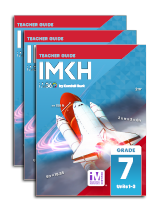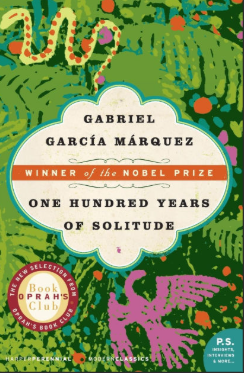Search Listing Name
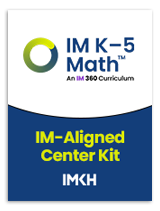
product:
IM v.360: Grade 4 Center and Lesson Card Deck Kit
To help educators save time, IM v.360-aligned center kits provide all the printed resources to improve teaching efficiency and enhance student learning!
The Grade 4 center and lesson card deck kit includes center & lesson card decks only.
For a detailed list or information about bundle cen
product:
Reading & Learning Strategies: Middle Grades Through High School
View the Reading Resources Catalog
This fourth edition is based on the Professional Standards developed by the International Reading Assoc. (IRA). Educators will get over 100 content-relevant instructional strategies.
Each research-based strategy includes a detail
product:
OpenSciEd Unit 8.3: Forces at a Distance Student Edition
OpenSciEd Middle School science program addresses all middle school NGSS standards. This comprehensive science curriculum empowers students to question, design, investigate, and solve the world around them.
- Phenomenon Based - Centered around exploring phenomena or solving problems
- Driven by Student Questions - Storyline based on students’ questions and ideas
- Grounded in Evidence - Incremental building and revision of ideas based on evidence
- Collaborative - class and teacher figure
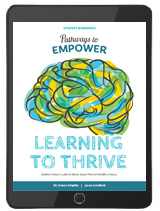
product:
Pathways to Empower, Middle School: Learning to Thrive Student 1 Year License
The Pathways to Empower: Learning to Thrive middle school program is an understanding of neuroscience combined with simple, real-life applications that are unique, impactful, and engaging for middle school students. The curriculum’s core surrounds the Resilient Mindset Model, an approach that proactively helps students build healthy and resilient brain pathways. Their response to challenges is guided through the four S framework: self, situation, support and strategies.
The student workbook provides a comprehensive learni
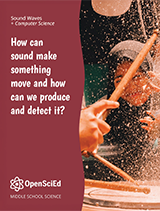
product:
OpenSciEd Unit 8.2 + Computer Science: How can a sound make something move? Student Edition
OpenSciEd Middle School science program addresses all middle school NGSS standards. This comprehensive science curriculum empowers students to question, design, investigate, and solve the world around them.
- Phenomenon Based - Centered around exploring phenomena or solving problems
- Driven by Student Questions - Storyline based on students’ questions and ideas
- Grounded in Evidence - Incremental buildi

